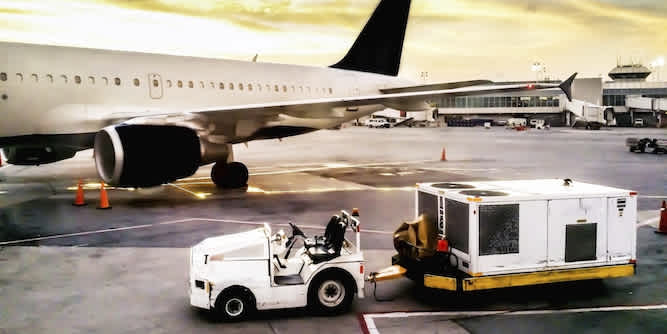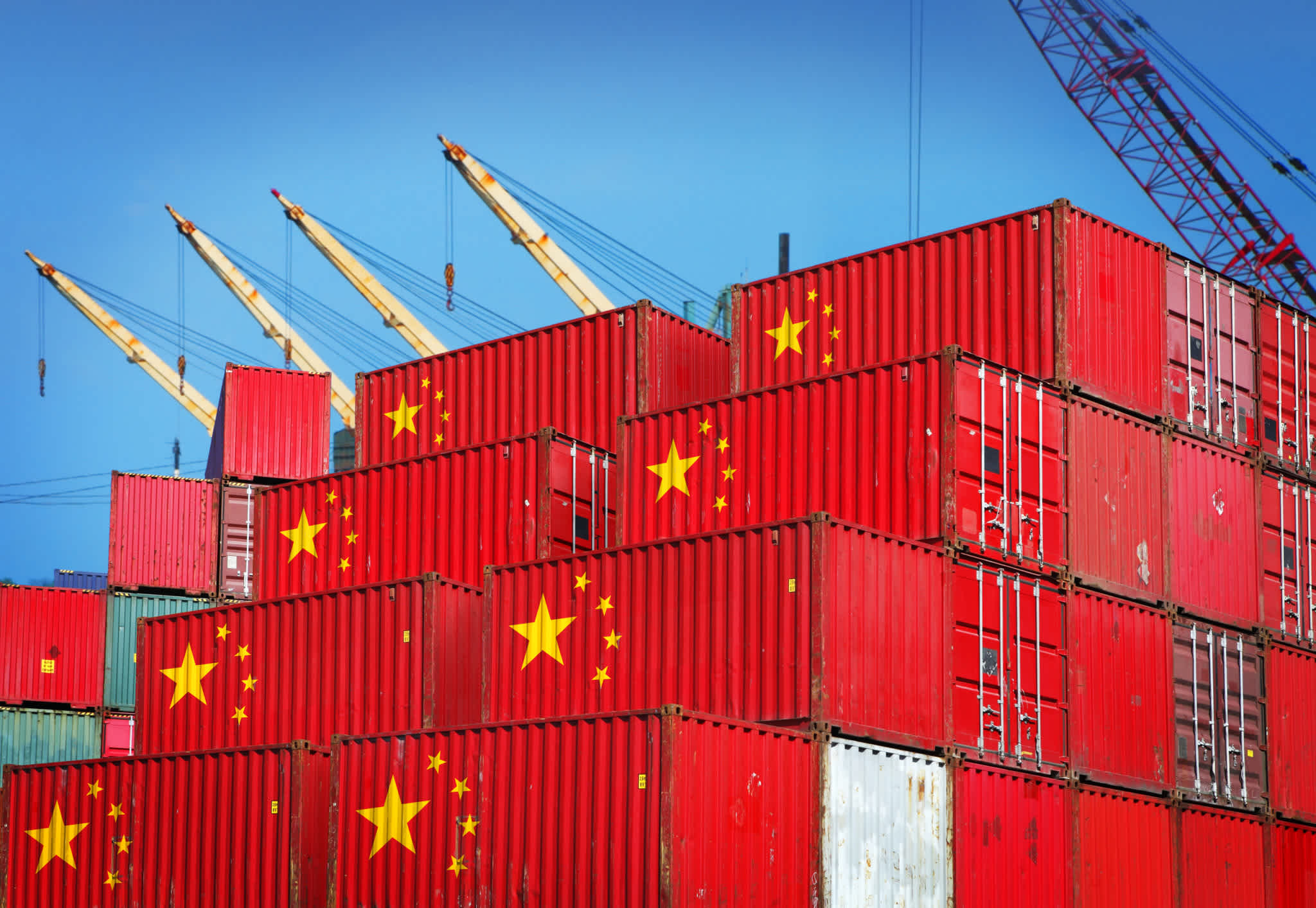
May 11, 2015
The iPhone’s Impact on Air Freight Prices
The iPhone’s Impact on Air Freight Prices
Every September the price of air freight from China to the U.S. spikes dramatically. The freight forwarding companies that broker air freight services love to blame these price hikes on the annual release of the new iPhone.
“I know you have a contract but Apple is booking all the cargo space, so we can’t even get you on the planes unless you pay more,” the line goes.
Can the air forwarders be right? Can a single product that can fit in the palm of your hand really singlehandedly drive the price of air freight through the roof?We at Flexport, of course, have no inside information about Apple’s supply chain, but we can try to back into the answer using publicly available information.
First off, there is no question that the price of air freight out of China does indeed fluctuate quite dramatically. Rates for moving a kilogram of freight by air from China to San Francisco fall as low as $2.50 in the spring and summer. That same trade lane peaked out near $11/kg last November as the iPhone ramp up coincided with west coast port slowdowns.
Every iPhone is shipped by air, for reasons we’ve discussed before. And Apple just announced they sold 74.4M phones in the 4th quarter of 2015. The company says that 40%, or 30M, of products were sold in the United States.
To be sure, these are absolutely stunning numbers. But the question remains, does the iPhone really represent such a significant percentage of the air freight capacity on the China-U.S. trade lanes that it’s relaunch each winter can materially affect air cargo rates on that trade lane?
Let’s start by looking at the phone itself:
The iPhone 6 weighs in at 385 grams including packaging, which measures 15.5 cm x 9 cm x 6 cm. We’ve ignored the differences in the dimensions of the iPhone 6+ packaging, as the error range for some of our other assumptions likely outweigh the difference between the two phones.
Our analysis of the iPhone’s volumetric weight trade offs showed that although 600,000 phones would squeeze into the cargo hold of a 747-8 freighter, the plane would not be able to take off with more than 300,000 phones in the hold. Most likely they put about 100,000 phones in each plane and fill the other 5/6 of the space with other cargo. We can ignore this analysis here, however, because for our purposes, booking 1/6 of 6 freighters is the same as booking one full freighter.
That means Apple books a full 747-8 freighter for every 600,000 iPhones sold, or 124 freighter trips in the fourth quarter of 2014, or 1.37 plane trips per day. A stunning amount of volume for a single product, to be sure.
But how does that volume stack up against the global air freight market?
According to Boeing, there are 208 billion metric ton-kilometers of air freight capacity worldwide, with 23 billion ton-kilometers (11%) of that operating on the China-U.S. trade lanes. Dividing by the trip length of 10,000 kilometers, we get 2.3M tons of annual capacity, of which 25%, or 0.6M metric tons, is available in the fourth quarter.
At 385 grams each, Apple’s 30M North American-bound iPhones weigh almost 12,000 metric tons, or approximately 2% of total China-US transpacific air freight capacity in the fourth quarter.
For one product to represent 2% of the entire global capacity for air freight across the Pacific is just astounding. But is it enough to cause such a dramatic price hike?
We don’t have specific data on the price elasticity of demand in air cargo. But we can imagine that with supply truly fixed–they can’t add more planes just for the Christmas season–then when demand exceeds that supply, the price must appreciate until it reaches the marginal willingness to pay of the last entrant into the market. This principal lies at the core of the economic concept of supply and demand curves, and in fact the iPhone presents a great way to illustrate it.
That is, for those customers shipping highly profitable items where freight is a negligible percentage of the products value (a mere 0.008% for the iPhone), there is almost no price hike that will cause them not to ship their product. If many of these players get into a bidding war over fixed capacity, we should expect to see the price of freight increasing rapidly.
Apple is going to buy space on those planes, no matter the price. We suspect there are enough other companies in similar situations that a 2% increase in demand can lead to observed price impacts of 2-5X that we see during peak air freight shipping seasons.
**Related: **
The iPhone Case: How Companies Deliver When They’re Not Certain of Specs





